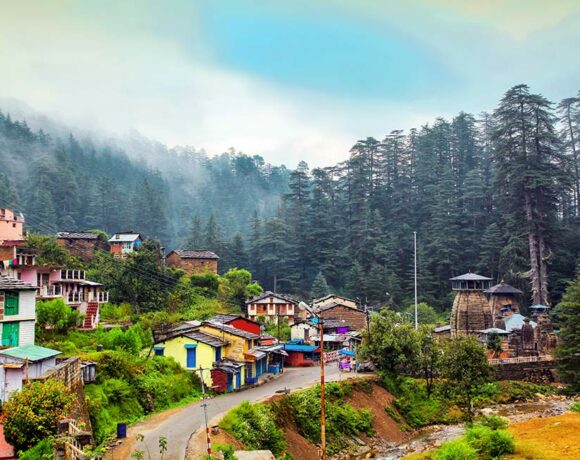Lakshadweep : “ Coral treasures unearthed”

 In the book named “Natural History” (A.D.77) Greek writer Pliny has described various islands in the Arabian Sea and the commodities available from these islands. As per the translators of this book Lakshadweep islands are described by the name “ARGYRE” in this book.
In the book named “Natural History” (A.D.77) Greek writer Pliny has described various islands in the Arabian Sea and the commodities available from these islands. As per the translators of this book Lakshadweep islands are described by the name “ARGYRE” in this book.
In A.D 1st and 2nd Century, Romans were occupied in trade of many commodities. Turtle Shell was one of them. During A.D. 60, Greek writer Alexander Driyer referred Lakshadweep Islands as “Damirica Islands” from which turtle shells were exported. Due to the trade importance of turtle shells the Greek writer has recorded the name of Lakshadweep in his historical records. Since the turtle shells were costly interior decoration item in the Roam, there was a huge demand for it. As per the recorded history as much as 550 Crore Roman Sesters (Roman Gold Coins) were pumped in to India in that era. The discovery of Roman gold Coins (of A.D. 1st and 2nd Century) from Kadmat Island of Lakshadweep further confirms the historical relevance of Lakshadweep Islands.
Somewhere in the 3rd century B.C. Buddhism came to Islands and it was widely accepted by the people. The Buddhist statues and other objects found in various islands prove this historical fact. In the 7th Century A.D Hazrath Ubaidulla has reached out for Lakshadweep for preaching Islam and influenced by his great persona the entire population of Laskahdweep were converted to Islam from then the Lakshadweep group of Islands remained as the same. The “Futhoohath-e –Jazair” first literature of Lakshadweep, written in the guidance of Hazrath Ubaidulla himself has recorded all the events during his expedition to Lakshadweep. Lakshadweep Island has 95% population of Sunni Muslims and the remaining belongs to other cults of Muslims.
The most important export commodities of Lakshadweep were Coir, Coconut, Amber and turtle shells which have placed these tiny islands in the world trading map of that era. In the year 1848, Mr.W.Robinson wrote that people of Lakshadweep were engaged in trading with Ran of Kach and Arabia in the first century itself. Considering the trade importance of Lakshadweep, the Chera king, Nedumcheralathan (Imavaramban), had annexed these islands to his empire in the end of 1st century. It is also evident from the Vayaloor Stone orders created by the great pallava king Narasimhavarman was also desirous to add Lakshadweep Islands to his kingdom.
Later, the islands were under complete control of Kolathiri, a king in the Kerala. Kolathiri had exploited the islands by fetching large quantity of Coir products at cheep rate. When Portuguese developed an interest in these tiny islands, they had persuaded Kolathiri to hand over these islands to them for administrative control and right to trade. The miserable state of exploitation worsened under Portuguese governance. Further, the administrative control of Lakshdweep was to the hands of Arakkal kingdom, Tipu Sultan and the British but the exploitation of these islands was a constant factor under all the governance.
Continue








